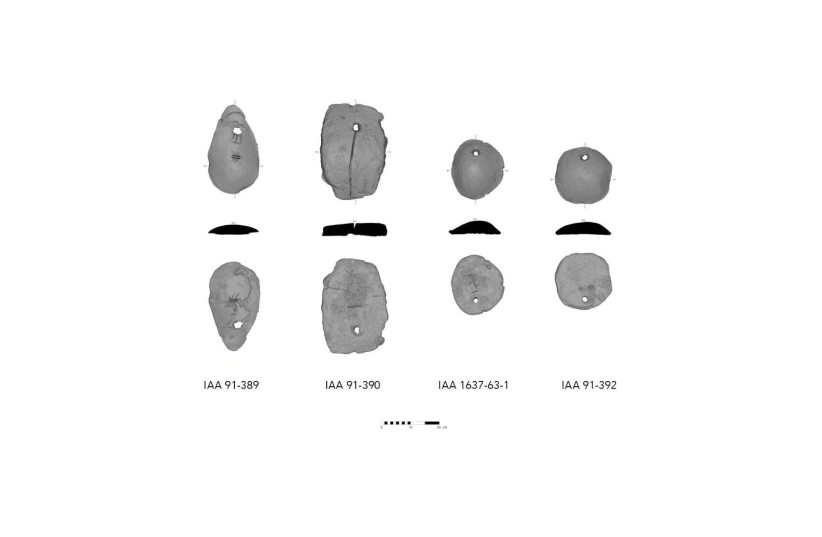A recent archeological study found bioarcheological evidence that lead poisoning contributed to the high rates of infant mortality and childhood death in ancient Rome.
Researchers from the Durham University Department of Archeology examined 173 distinct sets of remains from five sites located throughout the ancient Roman Empire. Of the 173 individuals, 66 were adults and 107 were children. The remains dated from various points between the first and fourth centuries CE.
Lead is a very common heavy metal. It is soft and malleable and was used in household items such as paint and makeup until the mid 20th century. It was at this point that the general public became widely aware of lead's poisonous qualities.
Children are especially prone to lead poisoning due to the fact that their bodies are still developing therefore absorb higher quantities of ingested lead.
Lead in our lives

Roman children were constantly exposed to lead in their water, food, toys, currency and a myriad of other places. Until now, there was very little exploration of the link between the high Roman child and infant mortality rate (evidenced by the relatively large number of infants and children buried in Roman cemeteries) and the prevalence of lead poisoning.
Analysis of Roman dental remains revealed lead concentrations pointing to estimated blood lead levels that surpass double the amount that is now established by the World Health Organization as the fatal limit. This is a stark contrast to the decidedly low levels found in human remains from pre-Roman times.
